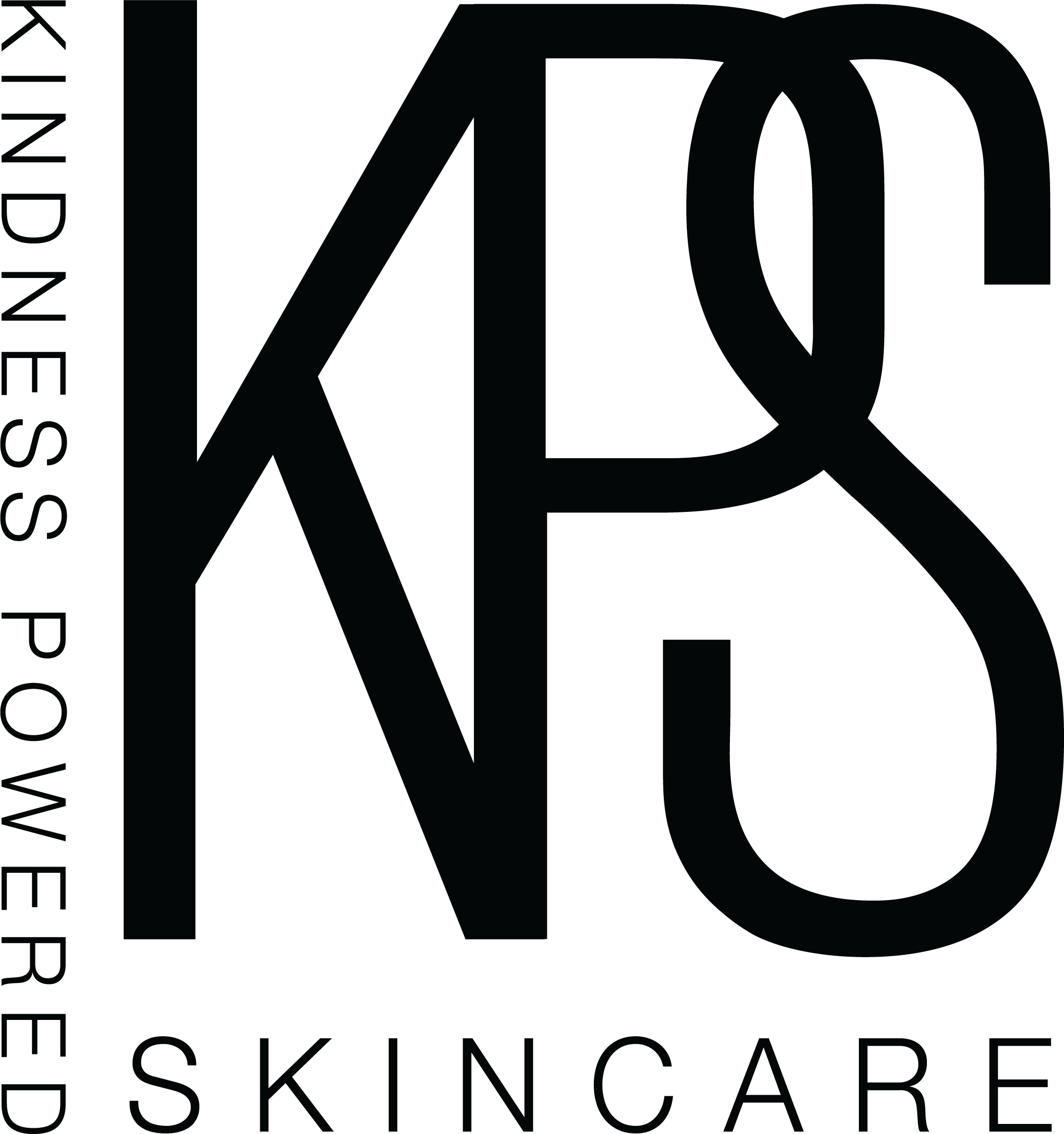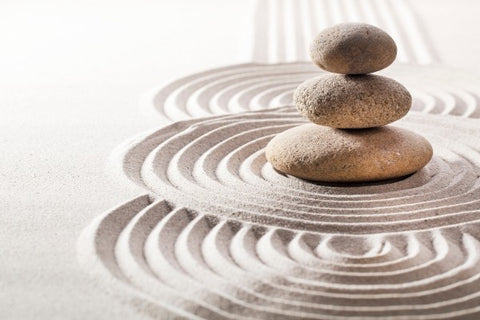Hello, beauties!
You’ve likely heard of the 7 chakras, but do you really understand what they are? While most often discussed alongside emotional healing or meditation practice, the chakras hold greater importance to more than these two topics. But maybe you don’t understand how chakras are relevant to your life, or maybe you believe you have to go to a ‘guru’ to understand them at all.
Well, I’m here to tell you that you don’t! Everyone - from beginners to more advanced seekers - can gain a deeper understanding of the chakras, and how they might play a role in bettering our quality of life. In this post, I’m going to go over the basics of chakras - their names, colors and locations - to set the stage for later exploration.
What Is A Chakra?
Chakra is a Sanskrit term and it means “wheel” or “disk” and is derived from the root word “cakra”. These spinning wheels of energy/light are made of unique energy centers beginning at the top of the head and ending at the base of the spine. They influence all parts of your bodily system, from emotional processing to resistance to disease.
In chakra meditation techniques, the focus is placed on opening the chakras in order to keep them in alignment. The theory is that if chakras are out of sync, they may negatively impact your physical and psychological health. For a succinct illustration of this, take this excerpt from the Law of Attraction website:
“To get a better sense of how this works, picture a physical machine. If cogs get stuck, pipes become detached or parts of the machine leak, it no longer does its job properly. Plus, these basic faults inevitably lead to further failures. Then, the device deteriorates further. The network of chakras works in a broadly similar way.”
In essence, through the balancing of chakras, the systems of your body can work more harmoniously. This naturally promotes greater overall health and happiness - and we could all use a bit more of both!
The 7 Chakras: Location & Meditation
1. The Root Chakra (Muladhara)This chakra, as its name implies, is foundational. When your root chakra is balanced, you will feel more secure, calm, and ready to face the rigors of reality. From taking on new challenges at work to mustering the confidence to approach a potential new flame, the root chakra builds a strong foundation for a better life.
When this chakra becomes blocked, it may be due to an immediate threat to your basic survival needs (e.g. food, shelter, money). A brain is a powerful tool, but also a powerful foe when focused improperly: even the fear that your basic survival needs will be undermined may cause misalignment of the root chakra.
- Physical Location: Tailbone
- Color: Red
- Element: Earth
2. The Sacral Chakra (Svadhishthana)
This chakra is the foundation of your creativity. From artistry to sexuality, this chakra pushes you toward new experiences. Creative frustration at work - or sexual frustration at home - may lead to a blocked sacral chakra.
- Physical Location: Mid-abdomen, a few inches below the navel
- Color: Orange
- Element: Water
3. The Solar Plexus Chakra (Manipura)
This chakra is vital to your self-esteem, autonomy, and determination. As such, it is often referred to as the “power chakra”.
A balanced “power chakra” will manifest as clarity and confidence in your work and personal life. You may also feel strongly independent, with a certainty that you understand what’s necessary for success as you’ve defined it. However, this chakra may be negatively affected by perceived failures, unpleasant social experiences, or lingering feelings of low self-worth from childhood.
- Physical Location: Top of the abdomen
- Color: Yellow
- Element: Fire
4. The Heart Chakra (Anahata)
Empathy, connection to others, and inner peace are sure signs that your heart chakra is in alignment. This chakra, which is intimately connected to your ability to love, is often described as a bridge between the mind, body, and spirit.
The loss of a significant relationship, whether through death, divorce, or tragic misunderstanding may cause misalignment of the heart chakra.
- Physical Location: Directly above the heart
- Color: Green
- Element: Air
5. The Throat Chakra (Vishuddha)
This chakra represents your self-expression in all senses, influencing how authentically you convey your deepest self to the world.
When in balance, this chakra allows you to be understood while speaking your truth in ways that are helpful to yourself and others. Challenging experiences with communication may cause misalignment of this chakra; this could be as simple as an argument with a loved one, or as complex as a poorly-received work proposal.
- Physical Location: Mid-throat
- Color: Blue
- Element: Ether
6. The Third Eye Chakra (Ajna)
This chakra determines your intuition, your alignment with the Universe, and your ability to understand the “bigger picture”.
An open third eye chakra will enable you to better recognize and understand signs: you’ll trust your intuition, and will work toward life goals. This chakra can be misaligned if external forces are causing you to doubt your intrinsic purpose, or if you’re struggling to balance rationality with intuition.
- Physical Location: Center of the brow
- Color: Indigo
- Element: Extra-Sensory Perception
7. The Crown Chakra (Sahasrara)
The Crown Chakra determines your spiritual connectivity. This “thousand petal lotus” is vital in creating a life you love, and in attaining a feeling of peace. As you may expect, working with this chakra is a subtle, yet highly rewarding, process.
Balancing this chakra will cause you to feel in tune with beauty in the world around you, as well as feelings of profound joy. Life may feel more full - of purpose, direction, and fulfillment. Possible disruptions, such as trauma, may cause you to doubt yourself or your purpose, and can cause misalignment.
- Physical Location: Crown of the head
- Color: Violet
- Element: Thought
Where Do I Go From Here?
If you feel like you’re trying to drink from a firehose, you’re not alone! The 7 Chakras are an all-encompassing concept - and trying to understand how each one functions, and how those functions connect to the whole of you...well, it’s a lot. With that being said, I’m going to leave this handy guide as a simple introduction to the 7 Chakras. In an upcoming post, however, I’ll go over ways in which you can create alignment with your chakras through mindfulness and meditation.
Until then, I encourage you all to do a bit of exploration on the chakras, and how you might be able to unlock a better life through understanding them!
Love,
Natalie





Comments (0)
There are no comments for this article. Be the first one to leave a message!